ADB and driver versions matter. The newer the device, the lower the chances of an older version ADB to work correctly.
Apps using their own ADB copy need to be updated or at least have their ADB updated manually.
When installing Helium / Carbon for instance, it uses an old / incomplete ADB. Newer devices might not link to the ADB server for this very reason.
What I'm writing here should work for any future devices on Windows and possibly *nix OSes.
First the systems must be prepared.
on Android:
- activate developer mode, either from an app (like Helium, when prompted) or by accessing the about phone section, taping build number until the developer mode unlocks
- in developer settings enable USB debugging
- in security settings allow unknown sources
- (when connected with USB cable) set USB connectivity to PTP mode (camera device, if so labeled)
in Windows:
- uninstall older USB driver (with file removal) if there is one, but only when the device is connected and in developer mode, otherwise
that particular device won't be listed
- install latest USB driver after the device has been plugged in and developer mode is active, the device will be listed as unknown or other in Device Manager; the drivers can be downloaded separately from Google Android support site, these are the same as vendor drivers, with only fewer ID's in inf file making the driver not being recognized for all Android devices
- if the driver does not recognise the device, no problem, install it generically: Manual Install > Show All Devices > Have Disk > pick inf location of the Android USB driver and from the list select Android ADB Interface; there's not need to edit the inf by adding hardware ids, the end result is the same
- each of the modes, PTP and MTP will have their own driver entry, so if the device asks for MTP, the same driver installation procedure must be followed, again
Once these steps are/were previously done correctly, adb must be tested.
If Android SDK was installed previously, open a command prompt where adb.exe is
and test the listing of the device.
adb start-server
IMPORTANT NOTE: This command will prompt the device to allow the communication between the computer it's been linked to on the first run. The prompt will also list an RSA key specific to the PC in question. Without this prompt on start-server, ADB will NOT work! Nor will any application relying on ADB.
adb devices
Must list the device(s). If the list is empty, and most likely the RSA prompt did not occur, then no communication will work. If the list is empty the current ADB (and SDK) must be updated or installed fresh (in the case of apps bringing in their own ADB runtime, like Helium / Carbon).
In the case of applications that do bring their own ADB, if the version is old, and these apps insist in using it instead of the SDK one, these files need to be replaced with the latest ones from Android SDK. Plain and simple copy & paste.
As for Android SDK, the only required packages to be installed are SDK Tools and Platform-tools. There, ADB.exe will need some support libraries, on Windows these files are AdbWinApi.dll and AdbWinUsbApi.dll. After all is done, the SDK can be uninstalled from SDK Manager while being able to retain the ADB tool if this is the only runtime used, depending on the case in question.
